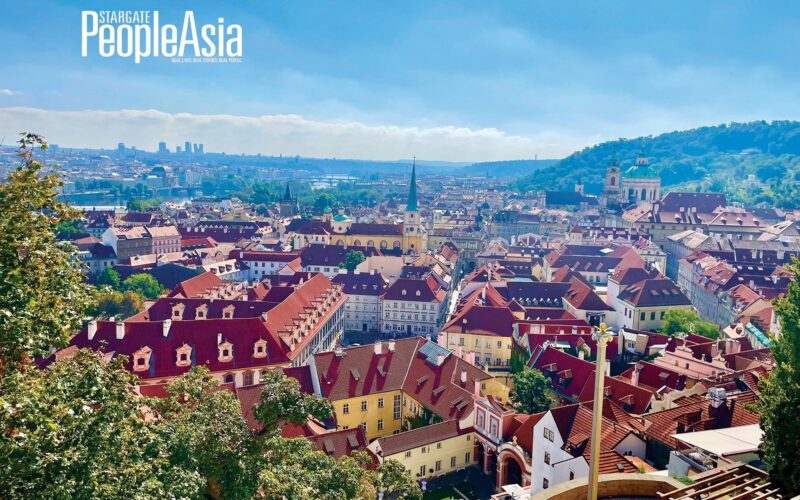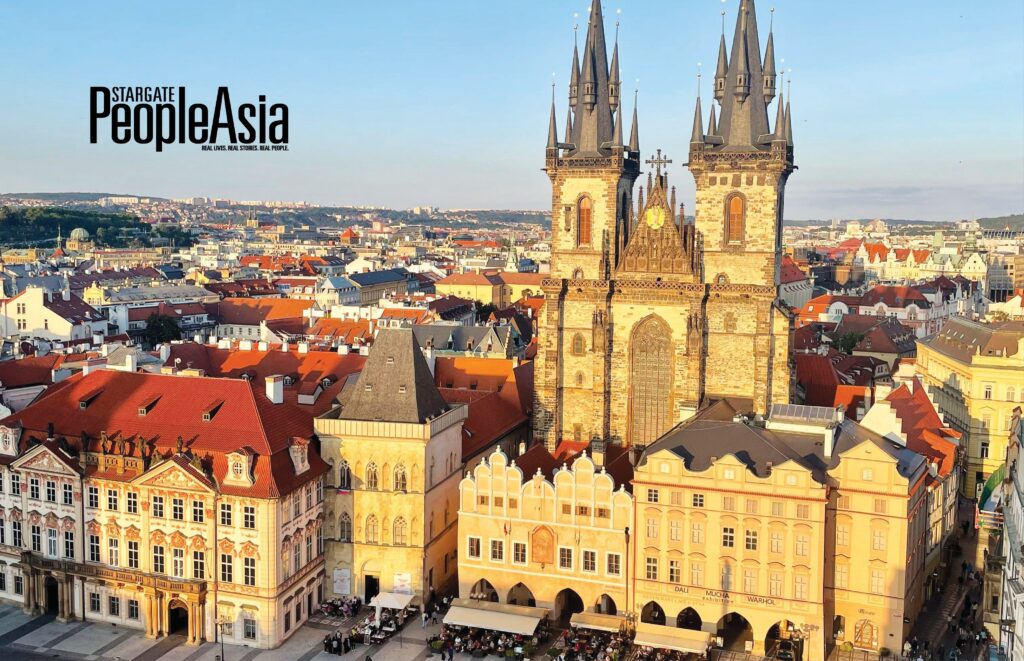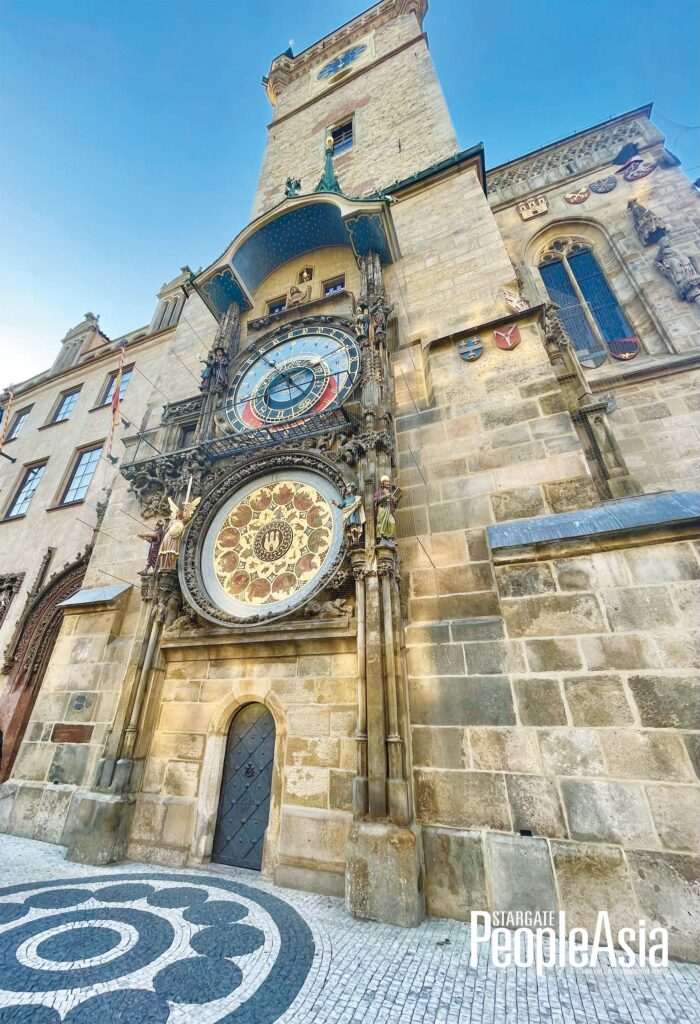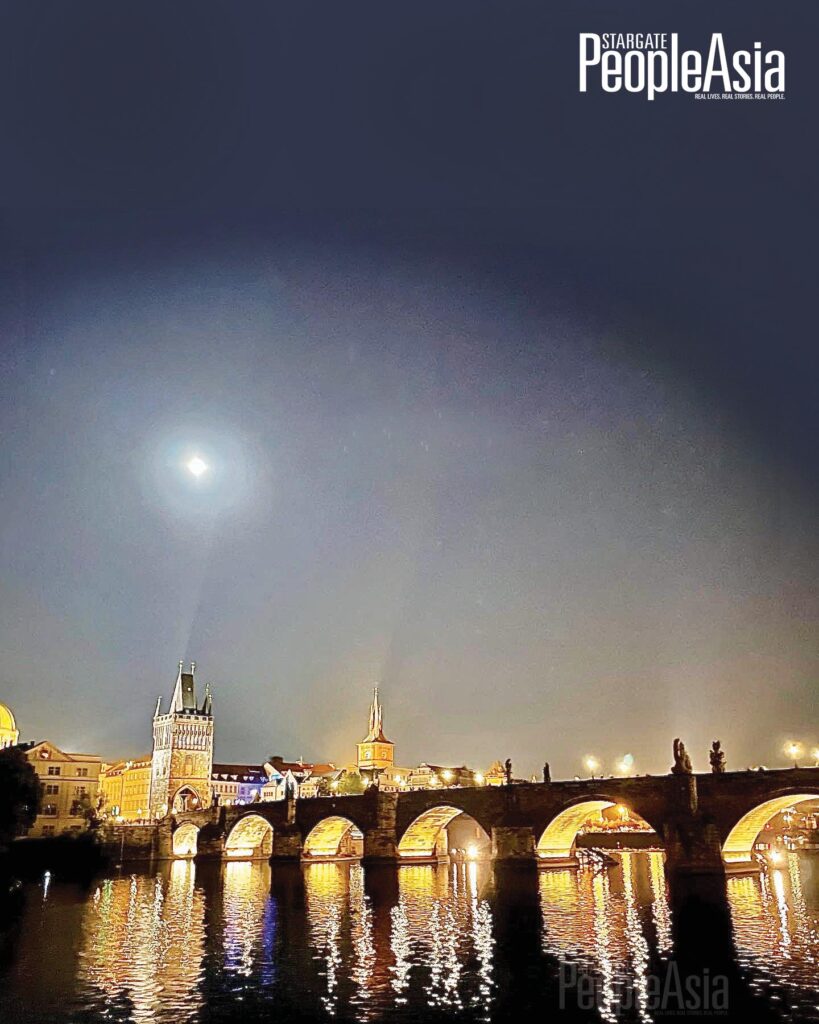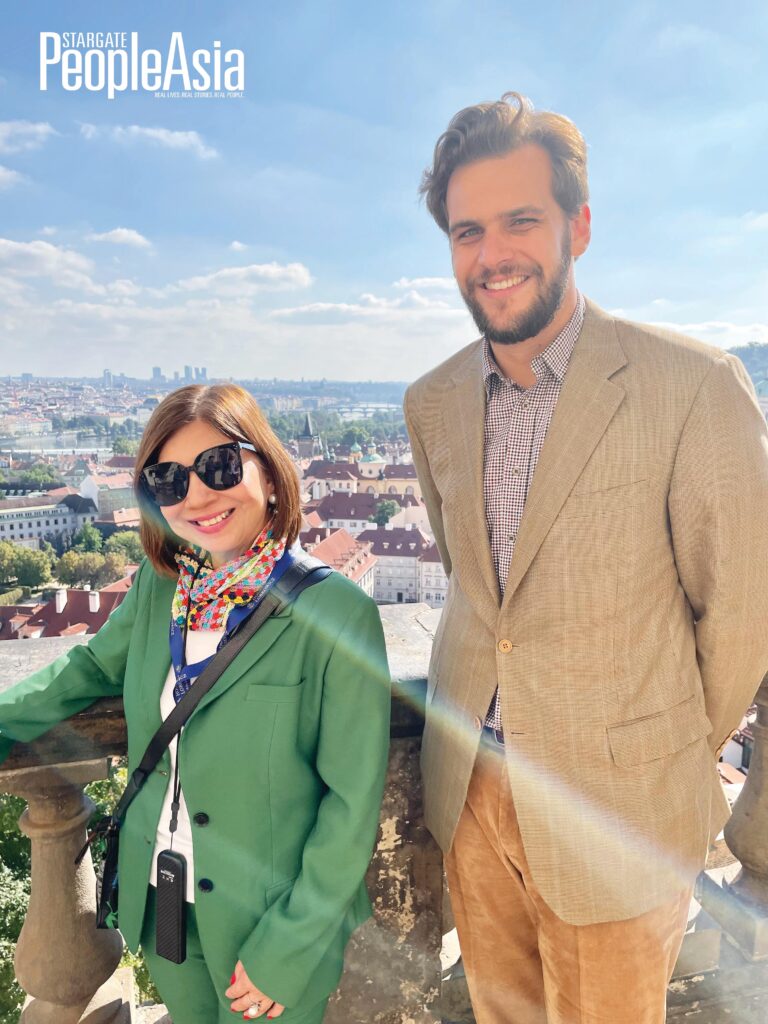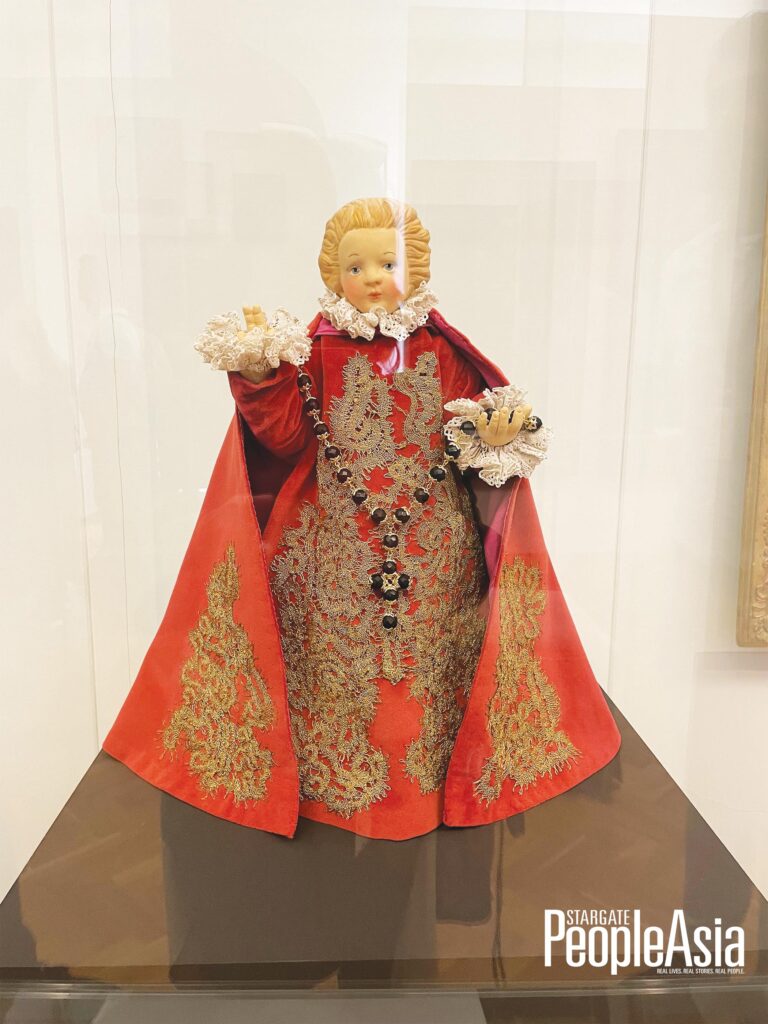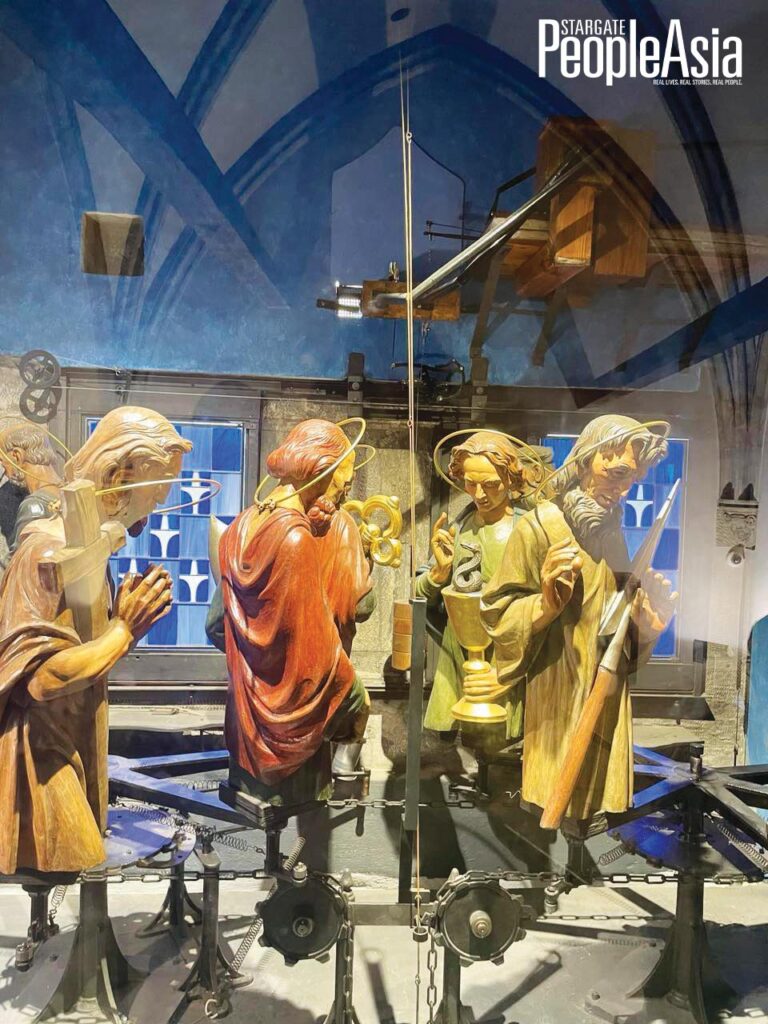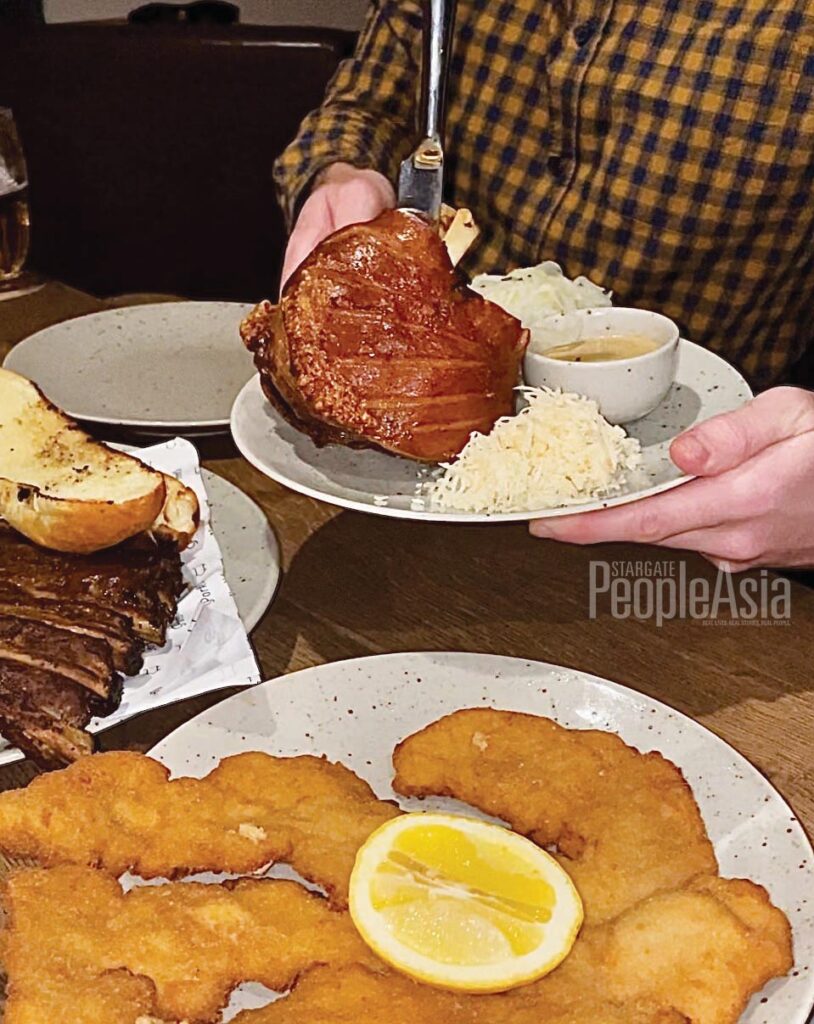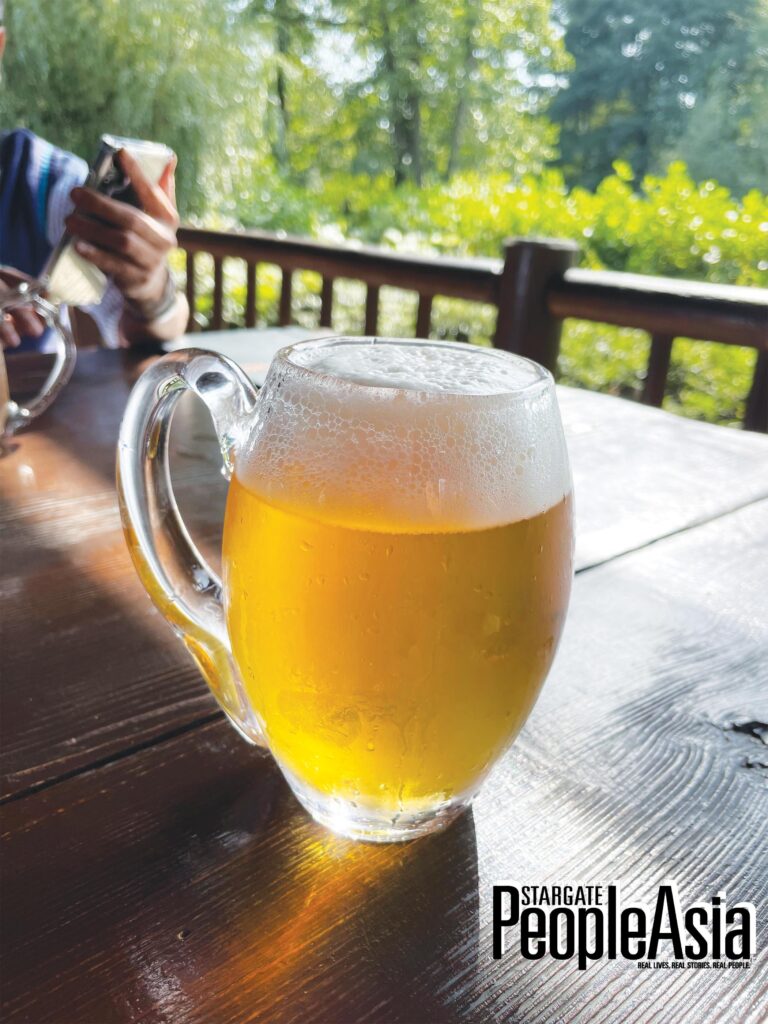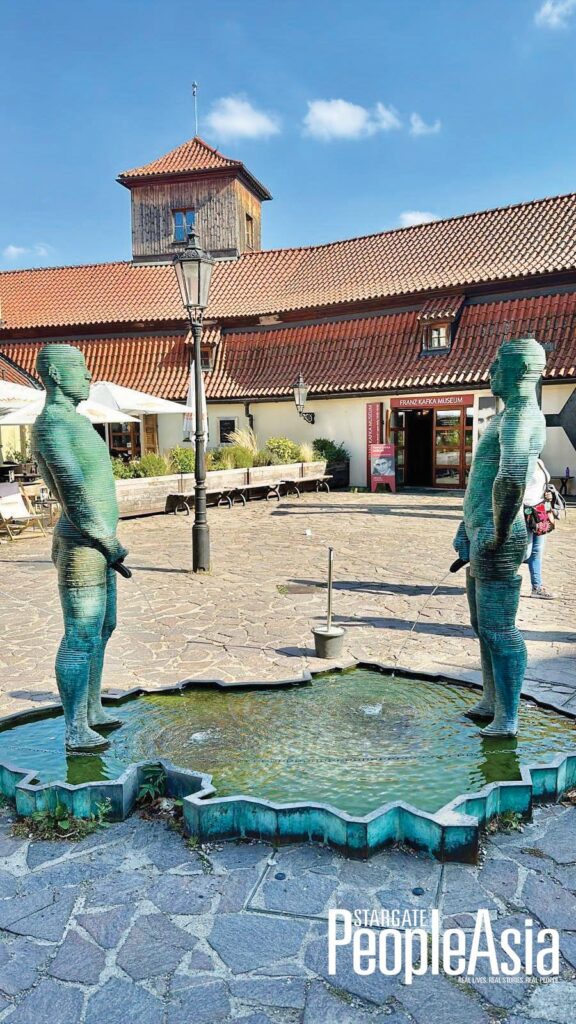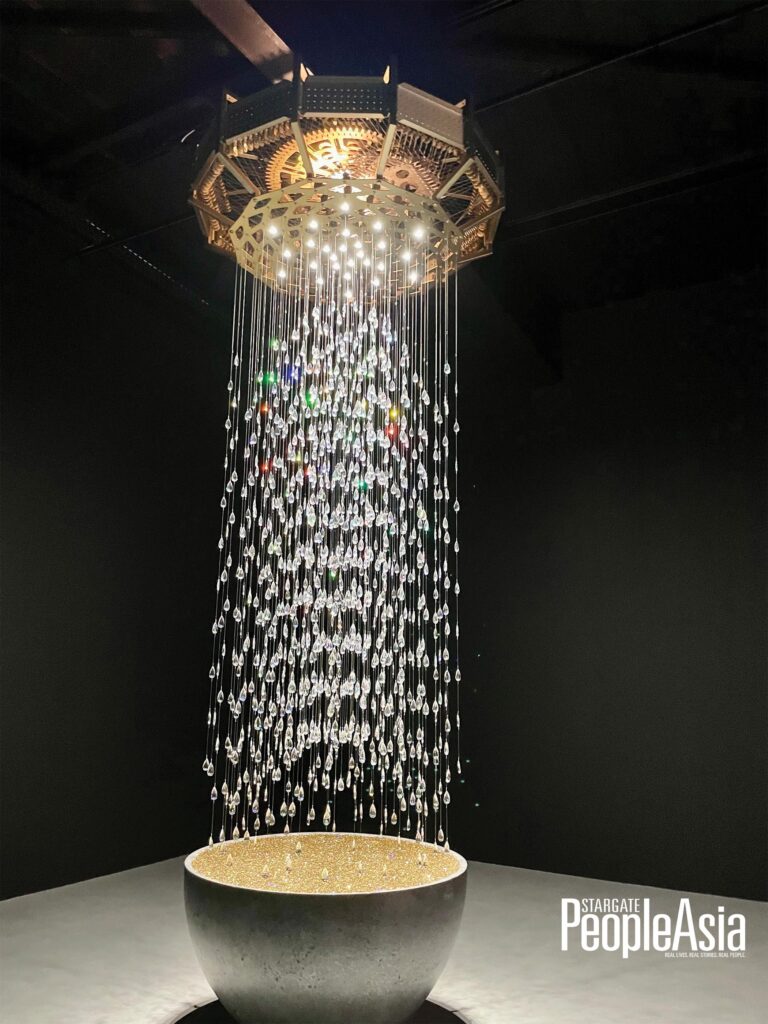Like the Bohemian crystal it is renowned for, Prague is a multi-faceted stunner, dazzling in the sunlight and aglow in the dark. A city of storybook towers, squares and bridges blending Romanesque, Gothic, Baroque and Belle Epoque styles, and history as rich as a jewel box, Prague is the capital of the Czech Republic, a seat of arts, magic, myths and miracles.
Text and photos by JOANNE RAE M. RAMIREZ
Prague, also known as the “City of a Hundred Spires,” is a UNESCO monument and one of the most beautiful cities in the world. Picture this — a city dotted by red shingled roofs from homes, churches and castles, with ornate spires rising among them like pines and conifers of steel.
To Filipino Catholics, Prague is also a city of miracles because of its Infant Jesus shrine. The 17th-century statue of the Sto. Niño of Prague is enshrined in The Church of Our Lady of Victories, also known as the Shrine of the Infant Jesus of Prague.
The church itself is small and simple compared to Prague’s other majestic and ornate cathedrals — the city, after all, is known as the city of a “hundred spires.”
But the faithful head to the shrine of the Infant Jesus because many miracles have reportedly occurred through His grace. According to historical sources, during one invasion, all the children of the city were taken to the church for protection — and were all saved.
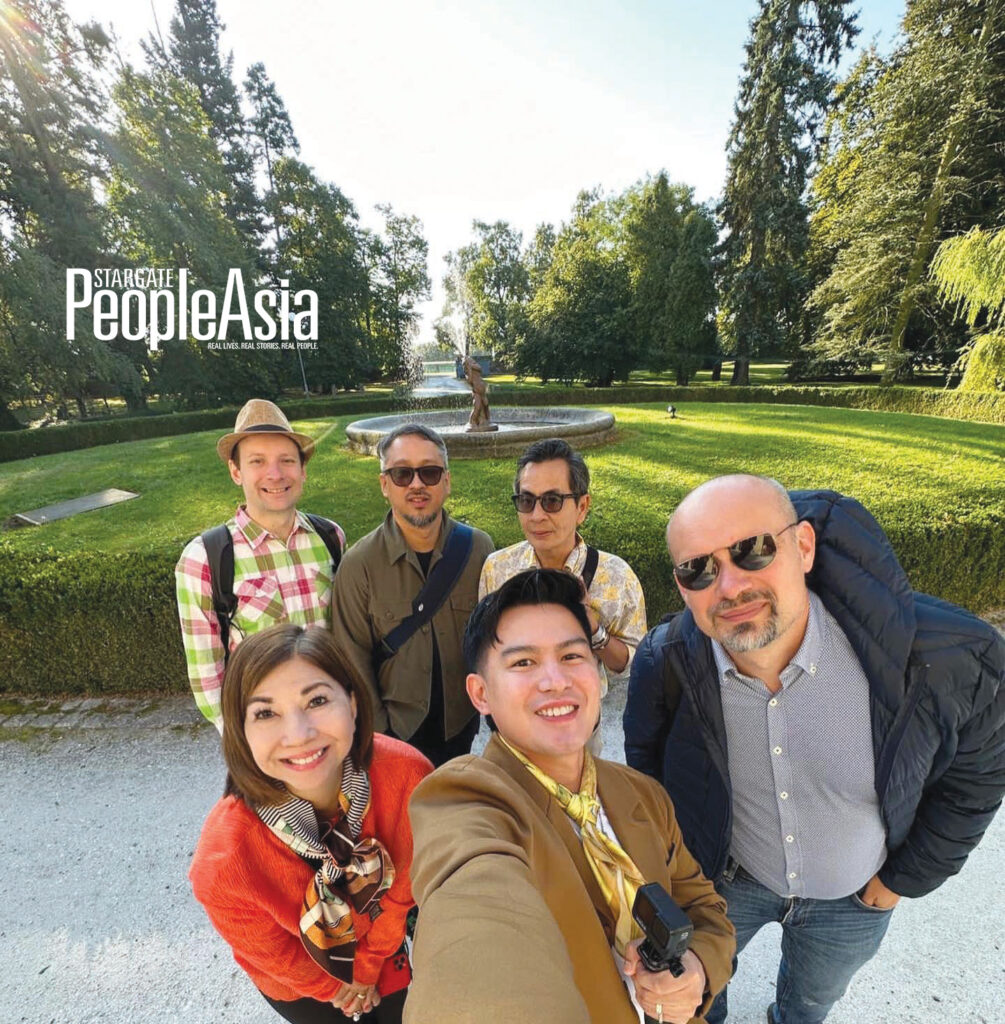
Many Filipino devotees of the Sto. Niño make a pilgrimage to the church, as our group of Filipino journalists did during a recent discovery tour of Prague and the Bohemian Region arranged by the Czech government.
Czech-Philippine ties are also packed with history. Ferdinand Johann Franz Blumentritt (after whom a street in Manila is named), one of Philippine National Hero Jose Rizal’s closest confidants, was born in Prague in 1853. History tells us that before his execution, Rizal wrote his final letter to Blumentritt and the latter reportedly cried after receiving the letter.
Alongside Rizal, Blumentritt was a significant contributor to the publication La Solidaridad, published by Filipino expatriates from 1889 to 1895 as a voice for advocacy of political reforms in the Philippines. During World War II, soldiers from Czechoslovakia fought alongside Filipinos and a monument to them in Capas, Tarlac was built and inaugurated recently.
The Old Town
The crown jewel of Prague’s crown, I would say, is its Old Town Square. Check the time while traveling through time as you ogle the famous Prague Astronomical Clock, a.k.a. Orloj. A medieval astronomical clock mounted on the Old Town Hall, it also shows the current position of selected celestial objects.
The Old Town Hall itself is a little different from most town halls, in that it is a symphony of connected medieval buildings straight out of storybooks. The tower of the Old Town Hall was completed in 1364, and at that time it was the tallest structure in the city. The tower is open to the public and its observation deck offers amazing views of Old Town Square. Then there are the Gothic towers of the Church of Mother of God before Týn or the Týn Church, which is not on the square yet the towers are visible from all over the square. These iconic towers feature characteristic small spires.
You can also climb up the Clock Tower for a view of the square across it and the city’s hundred spires. Here, you can also watch the circular procession at the stroke of the hour of Jesus and the Apostles, whose “route” passes in front and behind the clock tower, high above the dials. (Think the Manila COD Christmas show window of yesteryears in Cubao.)
Myths & miracles
Cross the Charles Bridge, which links the Prague Castle and the city’s Old Town, to reach another magical spot — not at the foot of the bridge but all over it, anywhere on the bridge that you choose to stop for a selfie or groufie.
With the powerful silhouette of Prague Castle in the background and the gallery of Baroque statues on both sides, Charles Bridge will never cease to fascinate — day or night.
Once upon a time, according to one of the many myths and legends, the Czech king and Roman Emperor Charles IV decreed that construction of the Charles Bridge would begin precisely on July 9, 1357, or 1357/9/7, at 5:31 a.m.
According to online sources, the reason for this was the allegedly auspicious constellation of the sun and Saturn and also the fact that it corresponds to the sequence of odd numbers — 1-3-5-7-9-7-5-3-1 — from one to nine and back. (Try counting it front and back.)
People surmise it was this magical combination of numbers 1-3-5-7-9-7-5-3-1 that ensured the bridge’s endurance. Another legend says that eggs, wine and milk were added to the mortar when the bridge was built, ensuring its stability for many centuries.
There are other myths about the bridge that may be apt for both love stories and ghost stories.
The stone bridge spans the Vltava River with 16 pillars, and is flanked by statues and decorative lamps, with two Gothic bridge towers as its sentinels. One of the most interesting statues on Charles Bridge is definitely the Statue of St. John of Nepomuk (Nepomuceno).
According to yet another legend, John of Nepomuk was tortured to death after he refused to give away the confessional secret of the queen. Many people believe that it brings luck if you touch the statue.
Which is the largest castle in the world? The one in Prague, the seat of Czech kings, emperors and presidents for a thousand years. You can wander around its courtyards, palaces, museums and garden all day. The castle grounds are dominated by the imposing St. Vitus Cathedral, one of the most beautiful in Europe. Golden Lane street is lined with charming houses built in the 16th century for the guards of Prague Castle.
Nearby is the Lobkowicz castle, whose ancestors donated the original statue of the Infant Jesus to the Church. We were fortunate to meet a modern-day Prince in the Palace, the tall, dark and handsome Prince William of Lobkowicz.
The Infant Jesus statue was a gift to Princess Polyxena of Lobkowicz, who donated it to the Carmelites in 1628. A glass replica of this statue is in the Lobkowicz Palace
“I really saw this as a miracle, actually, because my great-great-great grandmother (Polyxena) had a son very late in her own life, and they believed in the religious powers of the (Infant Jesus). To this day, our family goes and prays to Him,” Prince William told us.
According to the Harvard-educated Prince William, the Lobkowicz Palace “has also been witness to so many wonderful events in history as well. Some interesting ones.”
As is most of Prague, a country of steeples and spires, magic, myths and miracles — and the best beer and pork knuckles in the world!
Things to do on a short visit to Prague
1. Visit the Infant Jesus of Prague and pray before the image of the miraculous Sto. Niño in the Church of Our Lady Victorious shrine.
2. Take a stroll in Prague’s Old Town city and watch the world-famous Astronomical Clock tick. Discover its tower and see the circular procession of life-sized statues of Jesus and the Apostles. Stroll down the winding lanes of the Jewish Quarter, made familiar by the novels of Franz Kafka.
3. Have lunch in art deco Café Imperial, a classy café with an upscale vibe and decorated with elaborately carved walls.
4 Visit the Mucha Museum, the only museum in the world dedicated to the life and work of the world-acclaimed Czech art nouveau artist Alphonse Mucha.
5. Cross the Charles Bridge day and/or night! At night, with the powerful silhouette of Prague Castle in the background and the gallery of Baroque statues on both sides, Charles Bridge is seemingly painted on a mural.
6. Or have a traditional Czech dinner at Porks, just at the foot of the Charles Bridge and feast on one the best pork knuckles (the Czech crispy pata), ribs and schnitzel, with beer in giant mugs.
7. Immerse yourself at the Franz Kafka Museum.
8. Visit the Fashion Arena Outlet, 30 minutes outside of Prague. Aside from designer outlets, this complex has stores selling Bohemian crystal at very good rates.
9. Visit Prague Castle, the largest in the world, and the St.Vitus Cathedral. The castle has been the seat of Czech kings, emperors and presidents for a thousand years. The St. Vitus Cathedral, one of the most beautiful and monumental churches in Europe, dominates the grounds.
10. Go on an evening cruise on the Vltava River. Take a romantic dinner on a glass boat, with undisturbed views of Prague’s monuments from the deck or directly from the open deck and of course, a stylish buffet dinner.

